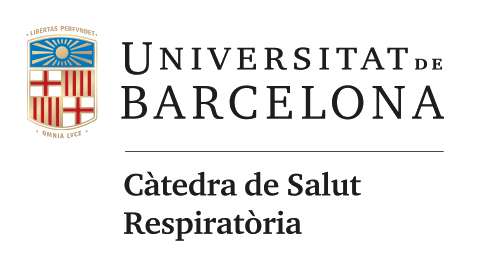Organizing pneumonia in COVID‑19 patients: risk factors and long-term outcomes
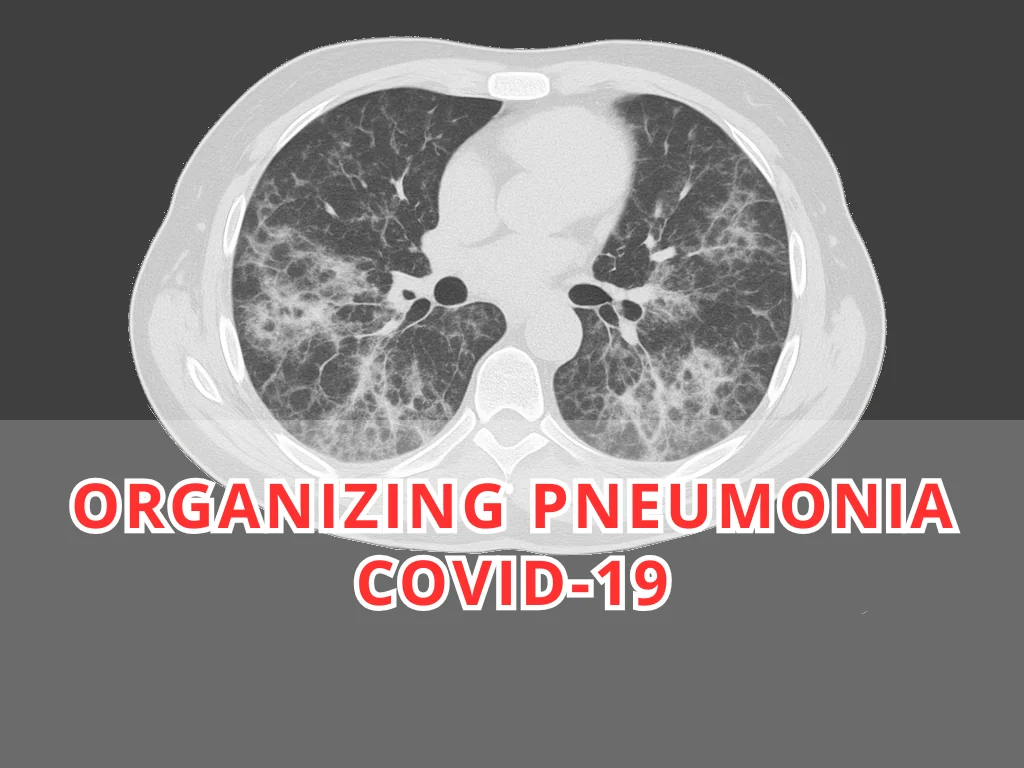
Radiological pattern and incidence of organizing pneumonia in COVID‑19 patients
Some patients may develop interstitial lung disease (ILD) because of COVID-19 infection. The most prevalent radiological pattern detected in chest-computed tomography (CT) is organizing pneumonia (OP) characterized by ground glass opacification (GGO), consolidation and septal thickening.
Inflammatory response and risk of fibrosis after COVID-19-related organizing pneumonia
It has been reported that approximately one-third of these OP-like cases present complete radiographic resolution of pulmonary lesions 1–2 months after hospitalization.
In contrast, other patients eventually develop fibrotic-like changes likely related to persistent inflammation, as shown in a post-mortem lung tissue analysis by our group.
Steroid responsiveness of organizing pneumonia and treatment controversies
Given that organizing pneumonia is known to be steroid responsive and is the most common radiological pattern during acute and follow-up scans, much interest has been invested in corticosteroid treatment, although results from previous studies are contradictory.
Study objectives: identifying risk factors and long-term outcomes of OP
The objectives of this study are:
- Identify risk factors for the development of OP pattern during the acute phase of COVID-19 and
- Describe the natural history of OP one-year post-discharge follow-up, including the potential effect of oral corticosteroid treatment.
Prognostic implications and steroid dose impact in organizing pneumonia post-COVID-19
Advanced age, previous respiratory diseases, and elevated C-reactive protein levels on admission are significant risk factors for the development of OP-like pattern in patients hospitalized due to COVID-19, and fibrotic-like changes may persist for a long time.
Following COVID-19 OP, fibrotic-like changes may persist over the long term. Higher dose of corticosteroids does not seem to be associated with a better prognosis.
Authors
Sandra Cuerpo, Fernanda Hernandez‑Gonzalez, Mariana Benegas, Nuria Albacar, Alejandra Lopez‑Giraldo, Inés Cobo, Samara Suarez, Verónica Torres, Adelaido Salazar, Nestor Soler, María Noboa‑Sevilla, Alejandro Frino‑García, Nancy Pérez‑Rodas, Joel Francesqui, Xavier Alsina‑Restoy, Ana María Muñoz Fernández, Nuria Roger, Sergio Prieto, Alexandru Vlagea, Estibaliz Ruiz, Rosa Faner, Joan Albert Barberà, Alex Soriano, Joan Ramon Badia, María Molina‑Molina, Oriol Sibila, Marcelo Sánchez, Alvar Agustí, Judith Garcia‑Aymerich, Jacobo Sellares
Read more details at
Fecha de publicación
5th July 2025
Categorías asociadas al artículo
Noticias relacionadas

II edición RESPrimaria, 7 de mayo de 2025
No te pierdas la II edición RESPrimaria el próximo 7 de mayo. Inscríbete en formato Streaming o solicita tu invitación presencial. ¡Plazas limitadas!
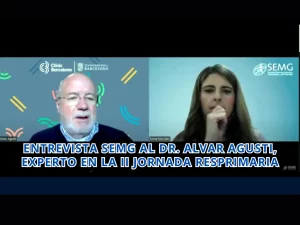
Entrevista SEMG al Dr. Alvar Agusti, Experto en la II Jornada Resprimaria
Descubre los avances en el diagnóstico y tratamiento de la EPOC con el Dr. Alvar Agustí en la II Jornada SEMG Resprimaria. Conoce la importancia de la espirometría, la detección precoz y las nuevas estrategias terapéuticas.
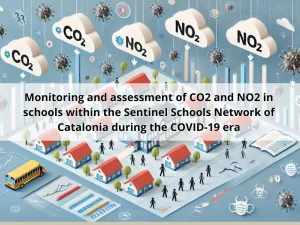
Monitoring and assessment of CO2 and NO2 in schools within the Sentinel Schools Network of Catalonia during the COVID-19 era
Explore how the COVID-19 Sentinel Schools Network of Catalonia monitored CO2 and NO2 levels in classrooms, revealing key findings on ventilation and air quality in schools across Catalonia during the pandemic.
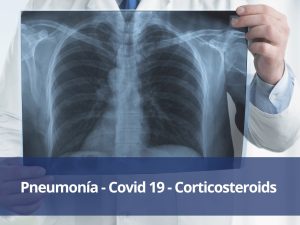
Organizing Pneumonia in Hospitalized COVID-19 Patients: Risk Factors and Long-term Outcomes
Some patients develop post-COVID organizing pneumonia (OP), which is responsiveto treatment with corticosteroids.

Persistence of a SARS-CoV-2 T-cell response in patients with long COVID and lung sequelae after COVID-19
1 year after an acute COVID-19 episode, patients with either lung sequelae or long COVID show a stronger SARS-CoV-2-specific T-cell response than fully recovered individuals, suggesting persistent cell stimulation by residual viral reservoirs
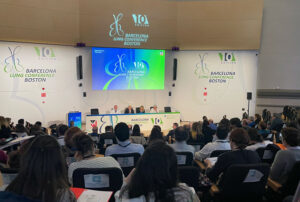
La Facultad de Medicina de Barcelona recibe este año la X edición de LUNG CONFERENCE BOSTON
El pasado mes de febrero la UB celebró en su sala Paraninfo La “Barcelona Boston Lung Conference”, un foro anual de debate científico al más alto nivel sobre diversos aspectos de las enfermedades respiratorias, con un elenco de ponentes del máximo nivel internacional.
Imagen desarrollada por IA y Canva
